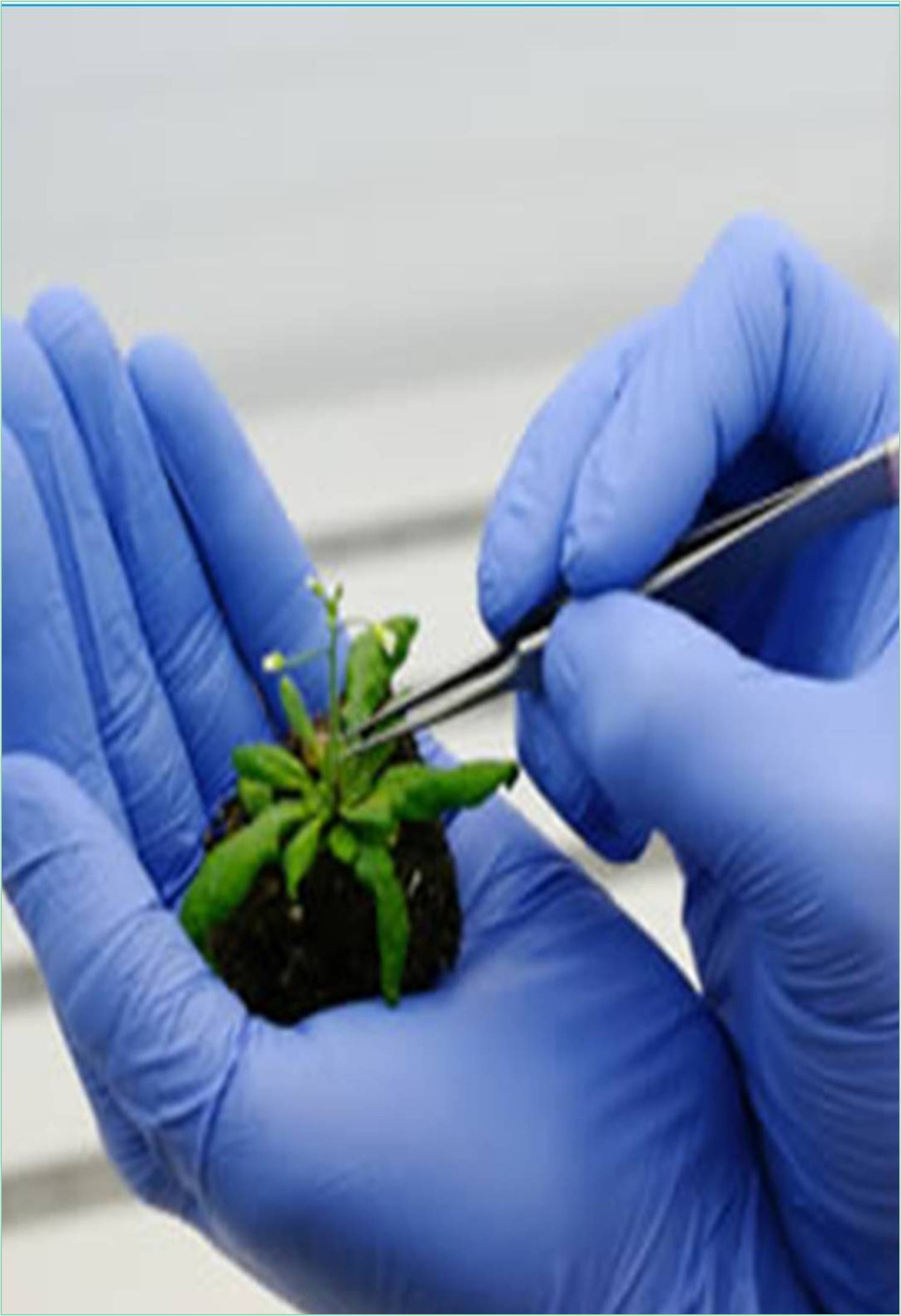



Received: 30-Mar-2022, Manuscript No. GJBB-22-10004; Editor assigned: 01-Apr-2022, Pre QC No. GJBB-22-10004(PQ); Reviewed: 15-Apr-2022, QC No. GJBB-22-10004; Revised: 22-Apr-2022, Manuscript No. GJBB-22-10004(R); Published: 02-May-2022, DOI: 10.15651/GJBB.22.10.37
Sterilization is a process which is to get rid of biological forms and other biological substances such as specific surfaces, organisms, bacteria, bacteria and spores. And all eukaryotes kill and deaminize the liquids. Sterilization can be done by a variety of means, including heat, chemicals, radiation, high pressure, and filtration. Sterilization is different from disinfection, disinfection and low temperature sterilization. After sterility, the purpose is to sterilize. It takes time and kills bacteria. If something is not sterilized, it can lead to infection of the user. There are several sterilization methods.
Wet Heat (autoclaving)
The sterilization method of choice in most laboratories is autoclave. It uses pressurized steam to heat the material to be sterilized. This is a very effective way to kill all microbes, spores and viruses, but some specific bugs require particularly high temperatures or incubation times. Autoclaves kill microorganisms by hydrolysing and coagulating cellular proteins. This is efficiently achieved by applying intense heat in the presence of water. Intense heat comes from steam. Compressed steam has a high latent heat. It retains 7 times more heat than water at the same temperature. This heat is released upon contact with the colder surface of the material to be sterilized, allowing rapid heat release and good penetration into high density materials. At these temperatures, water does a great job of hydrolysing proteins.
Dry Heat (flaming and baking)
Dry heat has one important difference from autoclaves. You guessed it-there is no water, so protein hydrolysis cannot occur. Instead, dry heat tends to kill microbes by oxidizing cellular components. This requires more energy than protein hydrolysis, so higher temperatures are required for efficient dry heat sterilization. For example, sterilization can usually be achieved in 15 minutes by autoclaving at 121°C, but dry heat usually requires a temperature of 160°C to sterilize in the same amount of time.
Filtration
Filtration is an excellent way to quickly sterilize a solution without heating. Of course, the filter works by passing the solution through a filter whose pore size is too small for microorganisms to pass through. The filter can be a sintered glass funnel made from heat-melted glass particles, or more generally, a membrane filter made from cellulose esters today. Filters with an average pore size of 0.2 μm are typically used to remove bacteria. However, keep in mind that filtration is not a proper laboratory sterilization method if these are issues, as viruses and phage can pass through these filters.
Solvents
Ethanol is commonly used as a disinfectant, but isopropanol is a better solvent for fat and is probably a better choice. Both solvents work by denaturing proteins through processes that require water, so they need to be diluted 60-90% with water to be effective. UV, x-rays, and gamma rays are all varieties of electro magnetic radiation which have profoundly detrimental outcomes on DNA, so make splendid equipment for sterilization. The most important distinction among them, in phrases in their effectiveness, is their penetration.
UV has restricted penetration in air so sterilization takes place in best a reasonably small place across the lamp. However, it’s far rather secure and is pretty beneficial for sterilizing small areas, like laminar waft hoods. X-rays and gamma rays are a ways greater penetrating, which makes them greater risky however very powerful for large-scale bloodless sterilization of plastic items (e.g. syringes) in the course of manufacturing.
Gas Sterilization
Ethylene oxide may be used to sterilize system this is touchy to warmth or moisture and is regularly used to sterilize scientific system consisting of catheters and stents. Ethylene oxide basically prevents cell metabolism and replication through alkylation. Because ethylene oxide is effortlessly absorbed, system has to be aerated after sterilization to cast off any residue. Ethylene oxide is likewise particularly poisonous and may present some of health risks. As it`s usually used for healthcare products, you`re now no longer very probably to be the usage of it with inside the lab.
Foods
One of the primary steps in the direction of modernized sterilization become made through Nicolas Appert, who determined that utility of warmth over a appropriate length slowed the decay of ingredients and diverse liquids, keeping them for secure intake for an extended time than become typical. Canning of ingredients is an extension of the equal precept and has helped to lessen meals borne infection or meals poisoning. Other strategies of sterilizing ingredients consist of meals irradiation and excessive pressure (Pascalization)
Medicine and Surgery
In general, surgical gadgets and medicines that input an already aseptic part of the body (consisting of the bloodstream, or penetrating the skin) have to be sterile. Examples of such gadgets consist of scalpels, hypodermic needles, and synthetic pacemakers. This is a vital thing within the manufacturing of parenteral pharmaceuticals.
Preparation of injectable medicines and intravenous answers for fluid alternative remedy calls for now, no longer best sterility however additionally well-designed packing containers to save you access of adventitious sellers after preliminary product sterilization.
Most scientific and surgical gadgets utilized in healthcare centers are fabricated from substances which can be capable of move under steam sterilization. However, considering the fact that 1950, there was a boom in scientific gadgets and gadgets fabricated from substances (e.g., plastics) that require low-temperature sterilization. Ethylene oxide fuelling has been used during Nineteen Fifties for warmth- and moisture-touchy scientific gadgets. Within the beyond 15 years, few new, low-temperature advanced sterilization structures came into existence and are getting used to sterilize scientific gadgets.